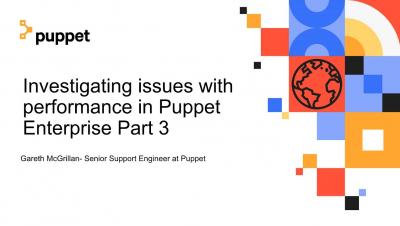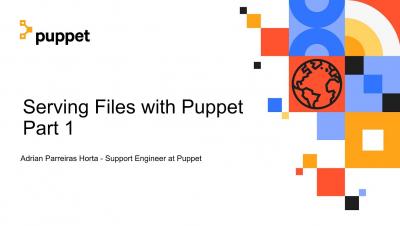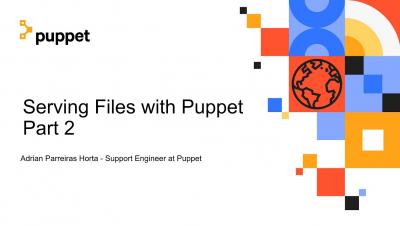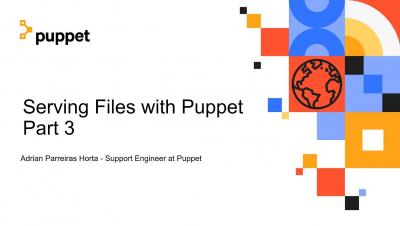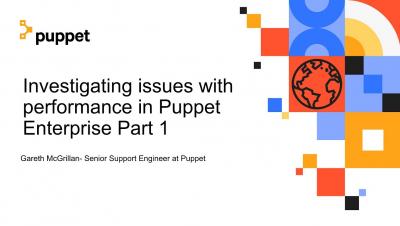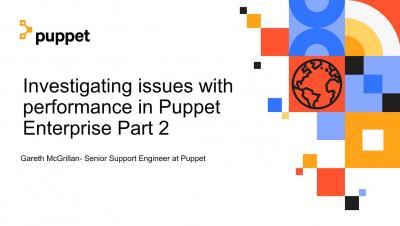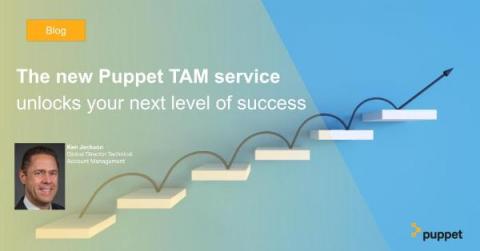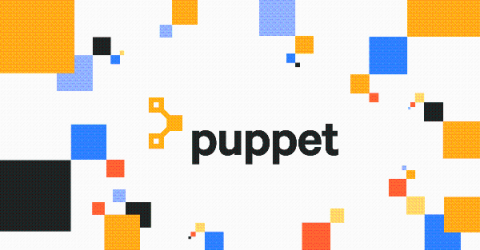Operations | Monitoring | ITSM | DevOps | Cloud
Puppet
Serving Files with Puppet - Part 1 - File Resource Source Attribute
Serving Files with Puppet - Part 2 - Implications and Performance
Serving Files with Puppet Part 3 - Summary
Investigating issues with performance in Puppet Enterprise, Part 1
Investigating issues with performance in Puppet Enterprise, Part 2 - Agent Logging
An Open Letter from the CEO of Puppet: Puppet + Perforce
When I started at Puppet three years ago, I saw a company with a tremendous customer base, an active open source community, an incredible reputation, products that solved some of the hardest problems in the operations space, and a passionate team that had deep values and was purpose-driven, both of which are at my core as a leader.
The new Puppet TAM service unlocks your next level of success
It can be challenging for even the most experienced IT organizations to embrace the latest DevOps automation tools and then ensure they are implemented in the most optimal way across a hybrid IT estate. Infrastructure teams are faced with increasing deployment complexities, budget and staffing constraints, competing priorities, and the challenge of supporting expanding development teams, impacting their organizational goals and KPIs.
Better together: Continuous Delivery for PE and ServiceNow flows
Continuous Delivery for Puppet Enterprise (PE) is a tool for streamlining and simplifying the CI/CD process of your Puppet code. Continuous Delivery for PE offers a prescriptive workflow to test and deploy Puppet code across environments. ServiceNow includes a powerful Flow Designer. Why not combine Continuous Delivery for PE pipelines with the ServiceNow Flow Designer to improve and automate your change management process even further?
Two years into the pandemic: the state of DevOps salaries
For the second year in a row, we have published a pandemic-era DevOps Salary Report. It’s no surprise that the pandemic catapulted every type of company into a digital transformation frenzy. We have done our best to distinguish between temporary shifts and long-term trends dictated by a newly hyper-digital world. In 2021, we are grappling not only with the reality of the pandemic, but with the Great Resignation – at least in the U.S.


